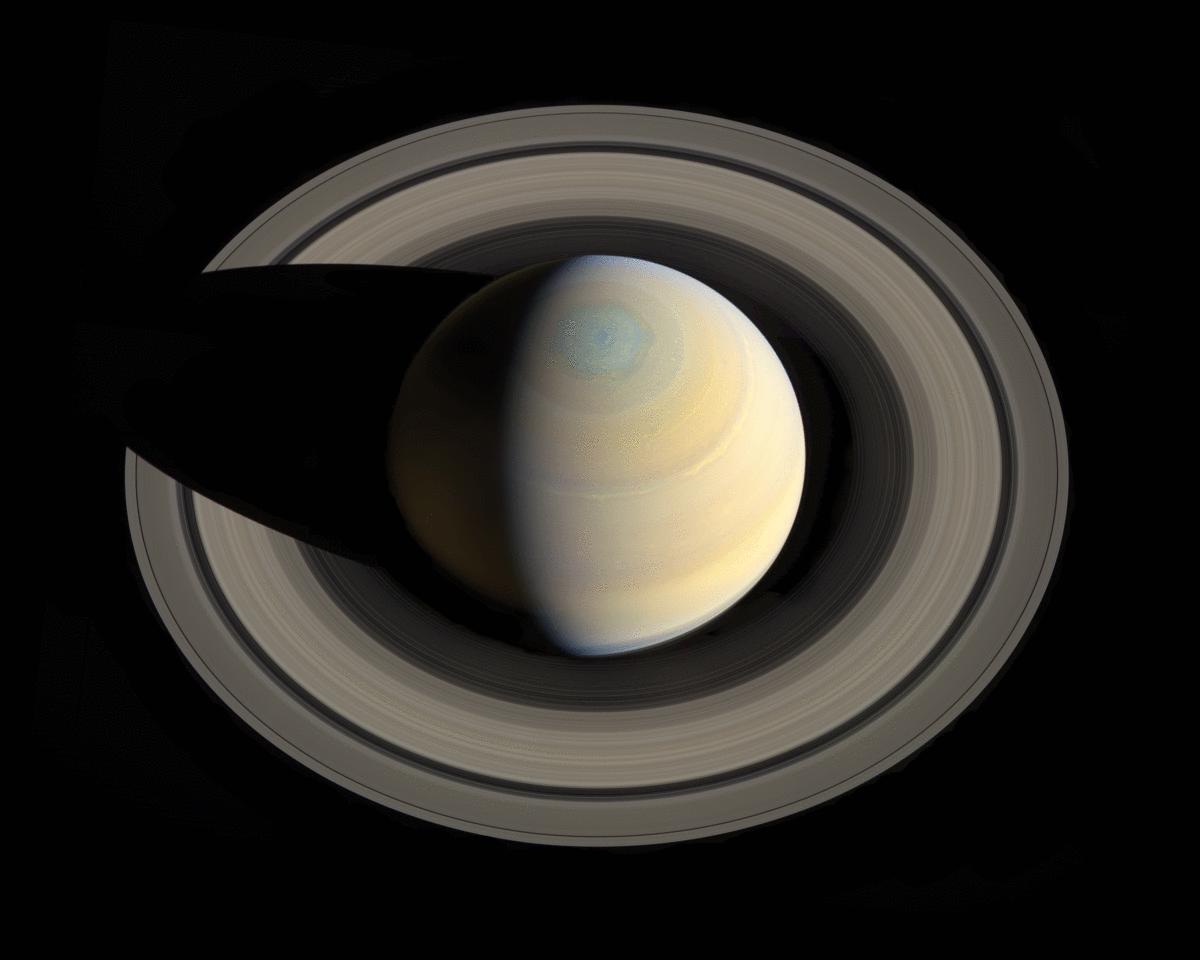Since the 1980s, astronomers have determined that Saturn’s icy inner rings are gradually disappearing and falling onto the planet. A shower of ring particles with the volume of an Olympic-sized pool falls on the gas giant every second. However, the question remains as to how much longer they will exist.

Fortunately, NASA’s powerful James Webb Space Telescope (JWST), which instruments still observe distant galaxies from the early Universe, will soon take Saturn in its sights and explore this mystery.
“James Webb will help us understand how long the famous rings of Saturn will last and how quickly they will collapse. Currently, research suggests the rings will only be part of Saturn for another few hundred million years,” explained planetary scientist James O’Donoghue of the Japan Aerospace Exploration Agency.
To better estimate the lifetime of Saturn’s prominent rings, JWST will work with the Keck Observatory in Hawaii. The telescopes will help observe how the phenomenon of “ring rain” changes during one full season on the gas giant, lasting about seven Earth years.

Astronomers expect to determine the exact amount of precipitation. The last time such calculations were made by NASA’s Cassini spacecraft, which passed through the gap between Saturn and its rings 22 times before its dive to the planet in 2017. It has been found that 2,800 kg of icy rain falls on the planet every second and heats its upper atmosphere. At this rate, the rings may disappear in about 300 million years. But the rate at which the ring material rains onto the planet is still uncertain. Astronomers believe that the rings can disappear in 100 million years or last 1.1 billion years, depending on the rate of precipitation.
It remains to wait for the results of the observations of Keck and James Webb to determine how long the rings of Saturn will really exist.
Earlier we reported how Hubble saw the “spokes” in the rings of Saturn.
According to Space
Follow us on Twitter to get the most interesting space news in time
https://twitter.com/ust_magazine

